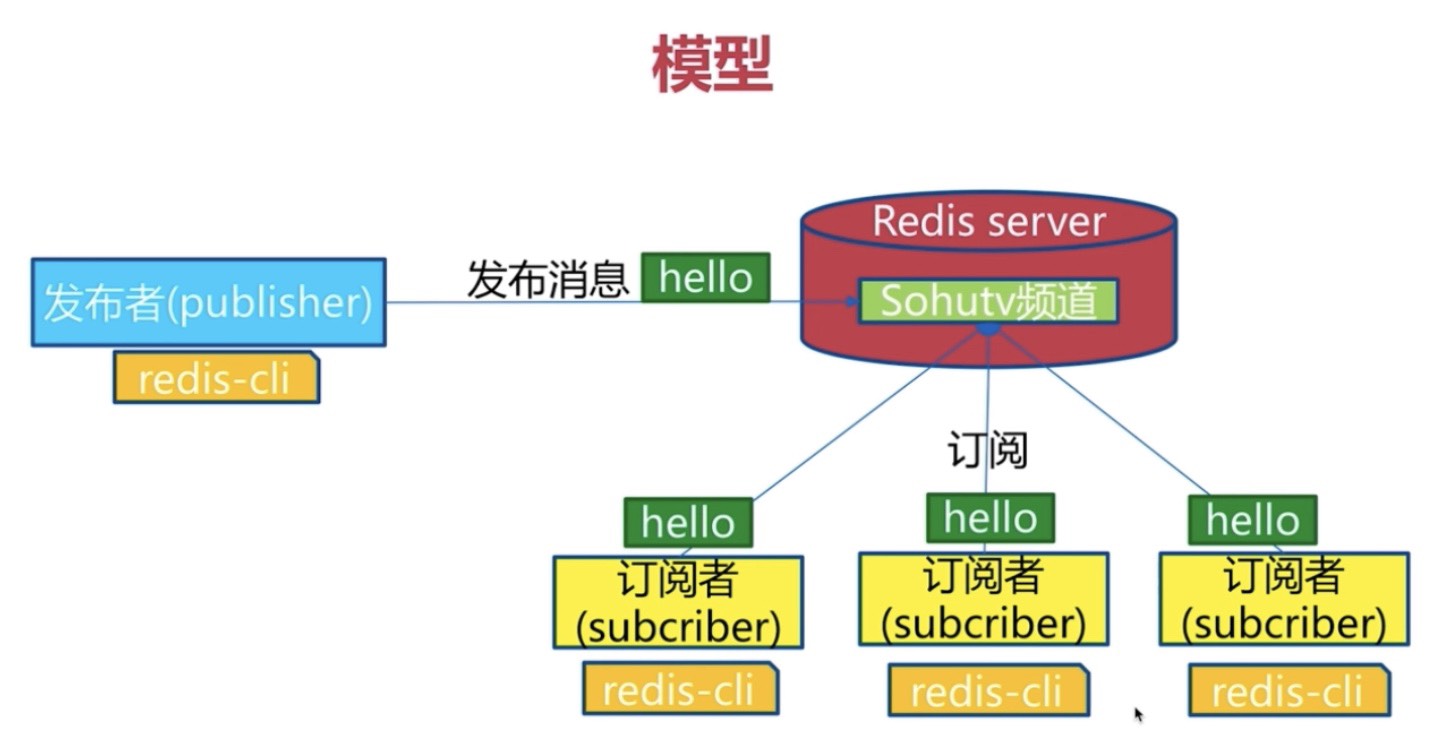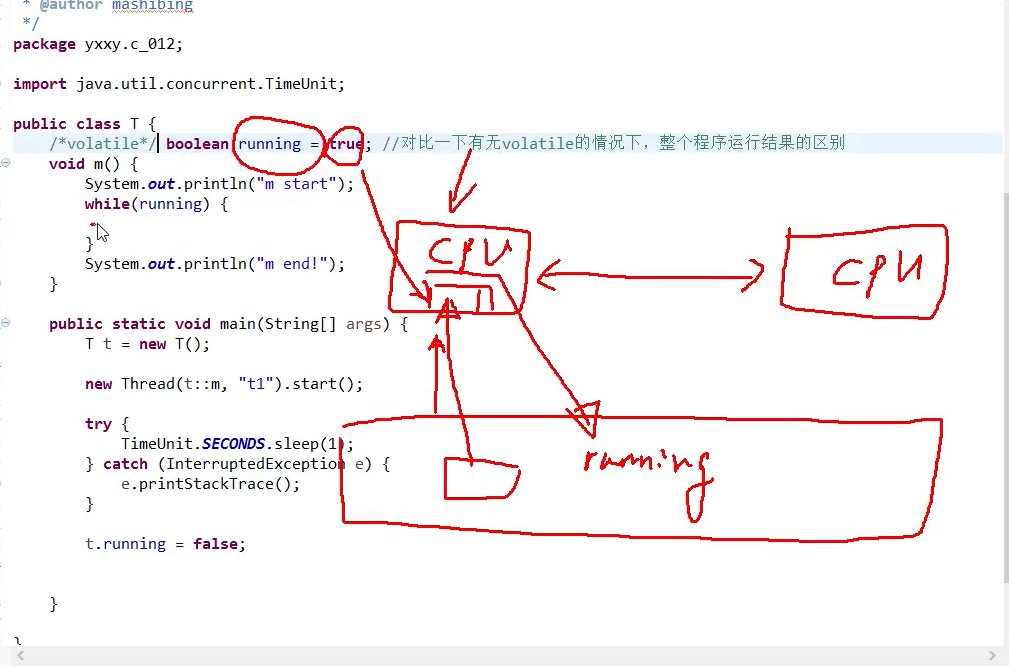LeetCode - Medium - 5. Longest Palindromic Substring
Topic
- String
- Dynamic Programming
Description
https://leetcode.com/problems/longest-palindromic-substring/
Given a string s, return the longest palindromic substring in s.
Example 1:
Input: s = "babad"Output: "bab"Note: "aba" is also a valid answer.
Example 2:
Input: s = "cbbd"Output: "bb"
Example 3:
Input: s = "a"Output: "a"
Example 4:
Input: s = "ac"Output: "a"
Constraints:
- 1 <= s.length <= 1000
sconsist of only digits and English letters (lower-case and/or upper-case),
Analysis
方法一:以字符为中心向其两侧扩展探测是否回文。
方法二:动态规划。
dp(i, j) represents whether s(i ... j) can form a palindromic substring, dp(i, j) is true when s(i) equals to s(j) and s(i+1 ... j-1) is a palindromic substring.
When we found a palindrome, check if it’s the longest one. Time complexity O(n^2).
以 s = “babad” 为例,dp数组如下:
j 0 1 2 3 4i b a b a d0 b t t1 a t t2 b t3 a t4 d t
jmust be greater than or equaliat all times. Why?iis the start index of the substring,jis the end index of the substring. It makes no sense forito be greater thanj. If you visualize the dp 2d array, think of a diagonal that cuts from top left to bottom right. We are only filling the top right half of dp.- Why are we counting down for
i, but counting up forj? Each sub-problemdp[i][j]depends ondp[i+1][j-1](dp[i+1][j-1]must be true ands.charAt(i)must equals.charAt(j)fordp[i][j]to be true). How to understand
dp[i][j] = s.charAt(i) == s.charAt(j) && (j - i < 3 || dp[i + 1][j - 1]);?j-i == 0, only a character is a palindrome.j-i == 1ands.charAt(i) == s.charAt(j),s[i:j]is a palindrome.(like “aa”,“bb”)j-i == 2ands.charAt(i) == s.charAt(j), no matter what betweeniandj,s[i:j]is a palindrome.(like “aba”, “aza”)
动态规划解决问题的套路:
需要用动态规划解决问题的味道
- “最值”味道。(本题的 the longest palindromic substring in s)
用动态规划解决问题的4步曲
- 确定状态。(
dp(i, j)represents whethers(i ... j)can form a palindromic substring) - 求得方程。(
dp[i][j] = s.charAt(i) == s.charAt(j) && (j - i < 3 || dp[i + 1][j - 1]);) - 设初置界。(0 <= i <= j < s.length)
- 确序而答。(由方程可知,
dp[i][j]是依赖dp[i + 1][j - 1]的,因此,i从大到小,j则从小到大)
- 确定状态。(
Submission
public class LongestPalindromicSubstring {// 方法一:以中心字符扩展探测回文public String longestPalindrome1(String s) {int maxLen = 0, startIndex = 0;for (int i = 0; i < s.length(); i++) {int len1 = extend(s, i, i);int len2 = extend(s, i, i + 1);int tempMax = Math.max(len1, len2);if (tempMax > maxLen) {maxLen = tempMax;startIndex = len1 > len2 ? i - len1 / 2 : i - len2 / 2 + 1;}}return s.substring(startIndex, startIndex + maxLen);}private int extend(String s, int i, int j) {for (; i > -1 && j < s.length(); i--, j++) {if (s.charAt(i) != s.charAt(j))break;}return j - i - 1;}// 方法二:使用动态规划算法public String longestPalindrome2(String s) {int sLength = s.length();String res = null;boolean[][] dp = new boolean[sLength][sLength];//startIndex相当于i,endIndex相当于j,改名方便理解。for (int startIndex = sLength - 1; startIndex >= 0; startIndex--) {for (int endIndex = startIndex; endIndex < sLength; endIndex++) {dp[startIndex][endIndex] = s.charAt(startIndex) == s.charAt(endIndex) //&& (endIndex - startIndex < 3 || dp[startIndex + 1][endIndex - 1]);if (dp[startIndex][endIndex] && (res == null || endIndex - startIndex + 1 > res.length())) {res = s.substring(startIndex, endIndex + 1);}}}return res;}}
Test
import static org.junit.Assert.*;import static org.hamcrest.Matchers.*;import org.junit.Test;public class LongestPalindromicSubstringTest {@Testpublic void test() {LongestPalindromicSubstring obj = new LongestPalindromicSubstring();assertEquals("bb", obj.longestPalindrome1("cbbd"));assertEquals("a", obj.longestPalindrome1("a"));assertThat(obj.longestPalindrome1("ac"), anyOf(is("a"), is("c")));assertThat(obj.longestPalindrome1("babad"), anyOf(is("bab"), is("aba")));assertEquals("bb", obj.longestPalindrome2("cbbd"));assertEquals("a", obj.longestPalindrome2("a"));assertThat(obj.longestPalindrome2("ac"), anyOf(is("a"), is("c")));assertThat(obj.longestPalindrome2("babad"), anyOf(is("bab"), is("aba")));}}



































还没有评论,来说两句吧...